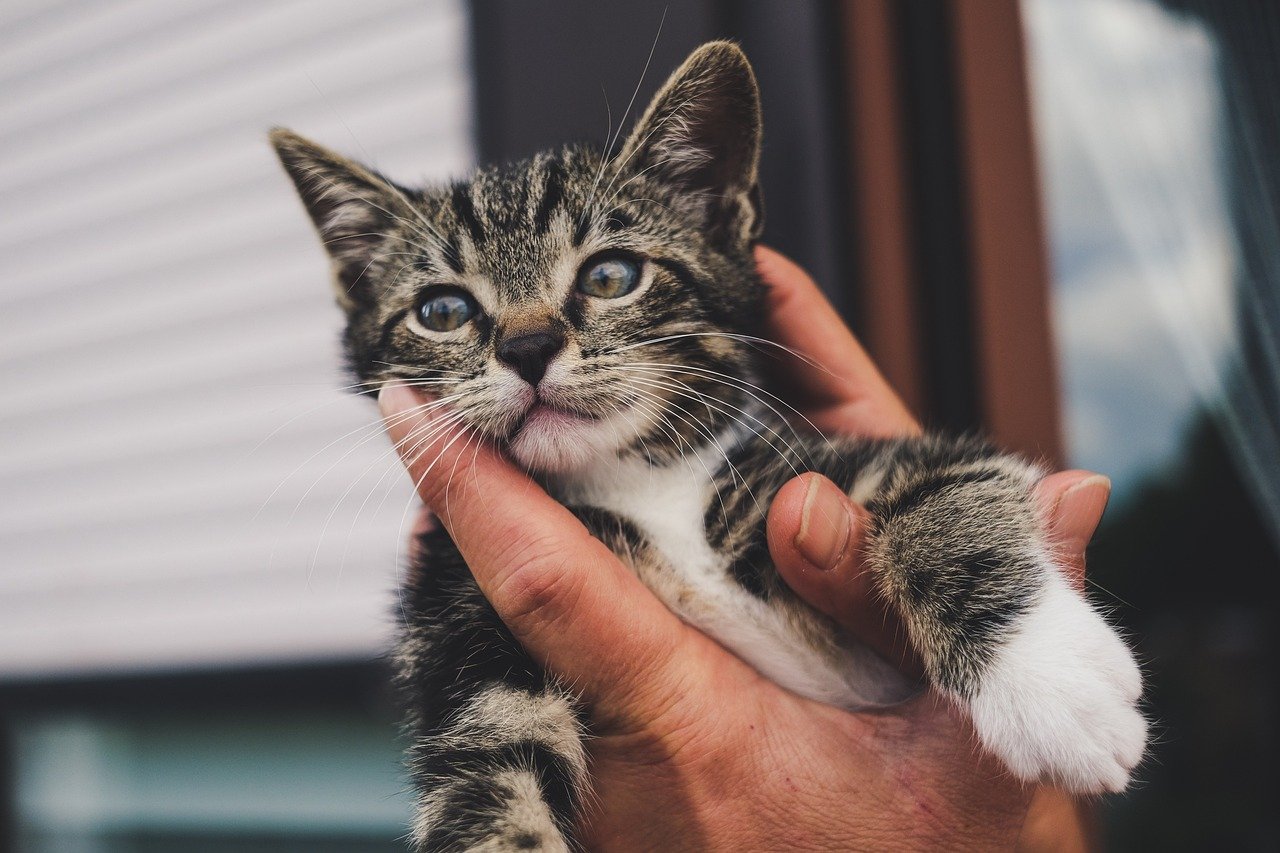Cats are fascinating creatures, each with its unique personality and set of behaviors. One of the most intriguing aspects of cat behavior is how differently they respond to physical touch. While some cats revel in cuddles and belly rubs, others shy away from any form of physical contact. Understanding why some cats love physical touch more than others can help cat owners foster a deeper bond with their feline friends.
The Role of Genetics in Feline Affection
Genetics play a significant role in determining a cat’s affection level towards physical touch. Just like humans inherit certain traits from their parents, cats too are born with genetic predispositions that can influence their behavior. Some breeds, such as the Ragdoll or Siamese, are known for their affectionate nature, which is often a result of selective breeding practices. These cats are more likely to seek out and enjoy physical contact, as it is ingrained in their genetic makeup. On the other hand, breeds like the Russian Blue may be more reserved due to their genetic lineage.
Early Socialization and Its Impact

The experiences a cat has during its early life can significantly shape its behavior towards physical touch. Kittens that are handled gently and frequently by humans during their first few weeks of life tend to be more comfortable with being touched as they grow older. This early socialization helps them associate human touch with positive experiences. Conversely, cats that were not exposed to frequent handling or had negative experiences with touch early on may be more apprehensive about physical contact.
The Influence of Environment
A cat’s environment can also influence its comfort level with physical touch. Cats raised in calm, nurturing environments where they feel safe are more likely to be open to physical affection. In contrast, cats that have experienced loud noises, chaos, or stressful situations may become more skittish and less inclined to enjoy touch. A stable and loving home environment can encourage a cat to be more affectionate and receptive to physical contact.
Individual Personality Traits
Just like humans, cats have individual personalities that affect their behavior. Some cats are naturally more sociable and enjoy being the center of attention, while others are independent and prefer solitude. These personality traits can determine how much a cat enjoys physical touch. A cat with a sociable personality may actively seek out cuddles and petting, while an independent cat may only tolerate brief interactions.
Health and Well-being Considerations
A cat’s health can also impact its desire for physical touch. Cats in pain or discomfort may avoid being touched, as it might exacerbate their condition. Regular vet check-ups are essential to ensure that a cat is healthy and to address any potential issues that might affect its behavior. A healthy cat is more likely to enjoy and seek out physical affection, while an ailing cat may withdraw from touch.
Understanding Body Language
Cats communicate a lot through their body language, and understanding these signals can help cat owners determine their pet’s comfort level with touch. A cat that enjoys being petted will often display signs like purring, kneading, or leaning into the touch. On the other hand, signs such as flicking tails, flattened ears, or hissing indicate that the cat might not be in the mood for physical contact. Being attentive to these cues can help foster a more positive interaction with your cat.
The Bond Between Cat and Owner
The relationship between a cat and its owner can significantly influence a cat’s comfort with physical touch. Cats that feel a strong bond with their owners are more likely to be receptive to affection. Building a strong relationship involves spending quality time together, respecting the cat’s boundaries, and understanding its needs. A cat that trusts its owner will be more inclined to seek out cuddles and petting.
Age-Related Changes
As cats age, their behavior towards physical touch can change. Older cats might become more affectionate as they seek comfort and warmth, while others might become less tolerant due to age-related health issues. It’s essential to be aware of these changes and adjust how you interact with your cat accordingly. Providing a comfortable and supportive environment can help an aging cat feel secure and loved.
The Impact of Trauma
Cats that have experienced trauma or abuse may have a complicated relationship with physical touch. These cats may associate touch with negative experiences and become more defensive or fearful. Patience and understanding are crucial when dealing with traumatized cats. Gradual, gentle interactions can help rebuild trust and allow the cat to become more comfortable with touch over time.
Tips for Encouraging Affectionate Behavior
For cat owners looking to encourage more affectionate behavior, there are several strategies to consider. Start by creating a calm and safe environment where the cat feels secure. Use gentle, slow movements when approaching the cat, and always respect its boundaries. Offering treats or engaging in play can also help build positive associations with touch. Remember, every cat is unique, and it’s essential to be patient and understanding of its individual needs and preferences.
Understanding why some cats love physical touch more than others can enhance the relationship between cats and their owners. By considering factors such as genetics, early socialization, environment, and health, cat enthusiasts can better appreciate their pets’ unique behaviors and foster a loving, affectionate bond.

Suhail Ahmed is a passionate digital professional and nature enthusiast with over 8 years of experience in content strategy, SEO, web development, and digital operations. Alongside his freelance journey, Suhail actively contributes to nature and wildlife platforms like Feline Fam, where he channels his curiosity for the Feline into engaging, educational storytelling.
With a strong background in managing digital ecosystems — from ecommerce stores and WordPress websites to social media and automation — Suhail merges technical precision with creative insight. His content reflects a rare balance: SEO-friendly yet deeply human, data-informed yet emotionally resonant.
Driven by a love for discovery and storytelling, Suhail believes in using digital platforms to amplify causes that matter — especially those protecting Earth’s biodiversity and inspiring sustainable living. Whether he’s managing online projects or crafting wildlife content, his goal remains the same: to inform, inspire, and leave a positive digital footprint.






